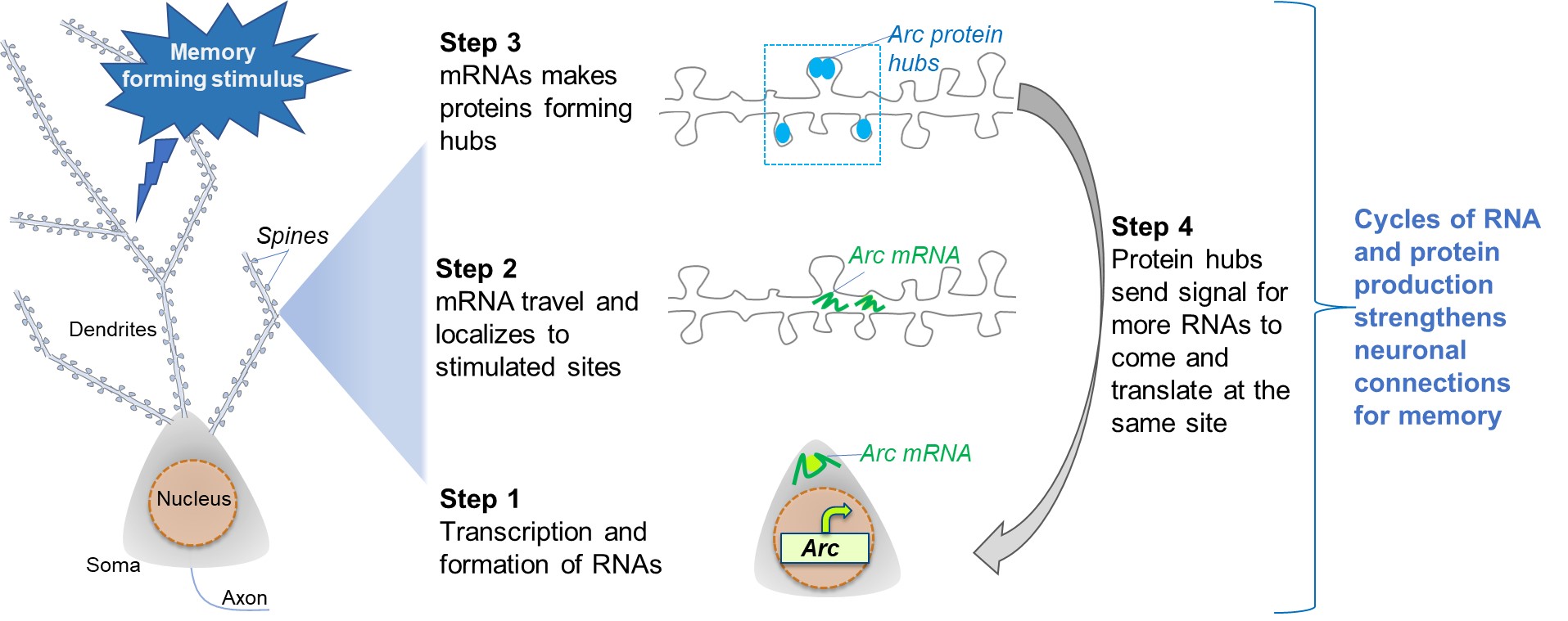About author
Sulagna Das, Ph.D., is a Research Assistant Professor at Albert Einstein College of Medicine, New York City. Dr. Das completed BSc in Physiology at Presidency College (now Presidency University), Kolkata followed by a Masters in Biotechnology at University of Kolkata. She obtained her PhD in Cellular Molecular Neuroscience at the National Brain Research Center, Gurgaon, under the mentorship of Dr. Anirban Basu. In her PhD work, Dr. Das discovered key mechanisms that cause long term neurological deficits following Japanese Encephalitis Virus infection. Her work led to several publications and received notable media coverage. Dr. Das then moved to the USA for postdoctoral studies pursuing her interests in neuroscience, high-resolution imaging, and RNA biology. Dr. Das has received multiple awards and grants, published several research articles, reviews, and book chapters, and sits on the editorial board of international journals. Dr. Das is a strong advocate for women and minority scientists and is passionate about environmental conservation.


